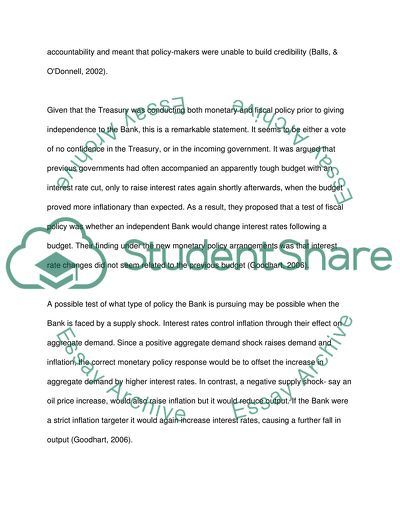Cite this document
(Economics Coursework Example | Topics and Well Written Essays - 1750 words - 1, n.d.)
Economics Coursework Example | Topics and Well Written Essays - 1750 words - 1. https://studentshare.org/macro-microeconomics/1544075-economics
Economics Coursework Example | Topics and Well Written Essays - 1750 words - 1. https://studentshare.org/macro-microeconomics/1544075-economics
(Economics Coursework Example | Topics and Well Written Essays - 1750 Words - 1)
Economics Coursework Example | Topics and Well Written Essays - 1750 Words - 1. https://studentshare.org/macro-microeconomics/1544075-economics.
Economics Coursework Example | Topics and Well Written Essays - 1750 Words - 1. https://studentshare.org/macro-microeconomics/1544075-economics.
“Economics Coursework Example | Topics and Well Written Essays - 1750 Words - 1”. https://studentshare.org/macro-microeconomics/1544075-economics.


